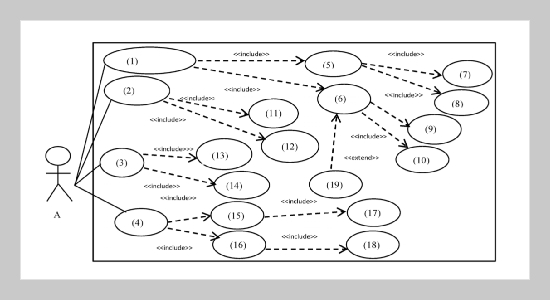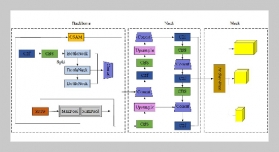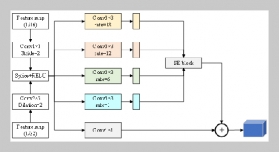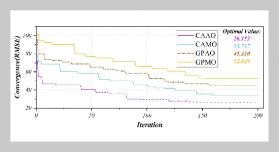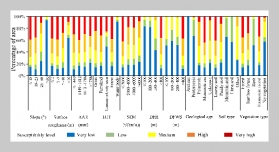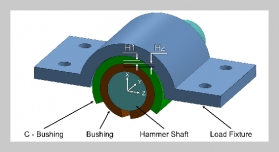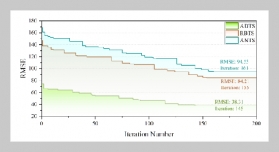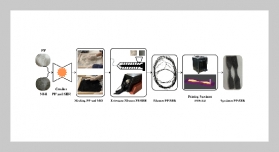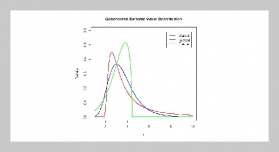REFERENCES
- [1] Booch, G., I. Jacobson, and J. Rumbaugh (2001) The Unified Modeling Language User Guide, Addison Wesley.
- [2] Ibrahim, N., R. Ibrahim, M. Saringat, D. Mansor, and T. Herwan (2010) On the Well-formedness Rules for UML Use Case Diagram, Proc. of the International Conference on the Web Information System and Mining, Springer-Verlag Berlin Heidelberg, 432439. doi: 10.1007/978-3-642-16515-3_54
- [3] Page, L., S. Brin, R. Motwani, and T. Winograd (1998) The Page Rank Citation Ranking: Bringing Order to the Web, http://wwwdb.stanford.edu/~backrub/ pageranksub.ps
- [4] Neate, B., W. Irwin, and N. Churcher (2006) Code Rank: a New Family of Software Metrics, Proc. of Software Engineering Conference, 373–378. doi: 10. 1109/ASWEC.2006.21
- [5] Inoue, K., R. Yokomori, T. Yamamoto, M. Matsushita, and S. Kusumoto (2005) Ranking Significance of Software Components Based on Use Relations, IEEE Transactions on Software Engineering 31(3), 213–225. doi: 10.1109/TSE.2005.38
- [6] Fagui, L. and Y. Tong (2008) Apply Page Rank Algorithm to Measuring Relationship’s Complexity, Proc. of the Pacific-Asia Workshop on Computational Intelligence and Industrial Application PACIIA’2008, Wuhan, China, 914917. doi: 10.1109/PACIIA.2008.309
- [7] Yuming, Z. and X. Baowen (2008) Dependence Structure Analysis-based Approach for Measuring Importance of Classes, Journal of Southeast University 38(3), 380384.
- [8] Jin, Y., J. Zang, P. Ma, W. Luo, and Z. Li (2009) Applying Page Rank Algorithm in Requirement Concern Impact Analysis, Proc. of Computer Software and Applications Conference, COMPSAC’2009, Seattle, USA, 361366. doi: 10.1109/COMPSAC.2009.55
- [9] Hu, H., J. Fang, Z. Lu, F. Zhao, and Z. Qin (2002) Rank Directed Layout of UML Class Diagrams, Proc. of First International Workshop on Software Mining’ 12, Beijing, China, ACM, 2531. doi: 10.1145/ 2384416.2384420
- [10] Park, C., J. Kim, and E. Lee (2012) Using Page Rank Algorithm to Improve Coupling Metrics, ACEEE Journal of Information Technology 2(1), 5659.
- [11] Perin, F., L. Renggli, and J. Ressia (2010) Ranking Software Artifacts, Proc of the Workshop on FAMIX and Moose in Reengineering.
- [12] Huang, L., Y. Duan, and Z. Zhou (2016) Enhancing UML Class Diagram Abstraction with Page Rank Algorithm and Relationship Abstraction Rules, Proc. of International Conference on Service Oriented Computing, 103116.
- [13] Yadav, A., and R. Khan (2011) Using Page Rank Algorithm to Improve Coupling Metrics, Journal of Information Technology and Knowledge Management 4(2), 501509.
- [14] Kleinberg, J. (1999) Authoritative Sources in a Hyperlinked Environment, Journal of the ACM 46(5), 604–632. doi: 10.1145/324133.324140
- [15] Zaidman, A., and S. Demeyer (2017) Mining ArgoUML with Dynamic Analysis to Establish a Set of Key Classes for Program Comprehension, (WOOR 2005).
- [16] Tong, Y. (2008) Apply HITS Algorithm to Measuring Class’s Authoritative Complexity, Proc. of 4th International Conference on Wireless Communications, Networking and Mobile Computing, WiCOM ‘08. doi: 10. 1109/WiCom.2008.2954
- [17] Alexander, C. (2003) Mathematical Assessment of Object-oriented Design Quality, IEEE Transactions on Software Engineering 29(11), 10501053. doi: 10. 1109/TSE.2003.1245306
- [18] Fernandez-Sanz, L., and S. Misra (2012) Practical Application of UML Activity Diagrams for the Generation of Test Cases, Proc. of Romanian Academy-Series A: Mathematics, Physics, Technical Sciences, Information Science, 13, 251260.
- [19] Chung, F. (2014) A Brief Survey of Page Rank Algorithms, IEEE Transactions on Network Science and Engineering 1(1), 3842. doi: 10.1109/TNSE.2014. 2380315
- [20] Mihalcea, R., and P. Tarau (2004) Textrank: Bringing Order into Texts, Proc. of EMNLP 2004, D. Lin and D. Wu, Eds. Barcelona, Spain: Association for Computational Linguistics, 404411. https://digital.library. unt.edu/ark:/67531/metadc30962/


